
-
Find the right food for your petTake this quiz to see which food may be the best for your furry friend.Find the right food for your petTake this quiz to see which food may be the best for your furry friend.Featured products
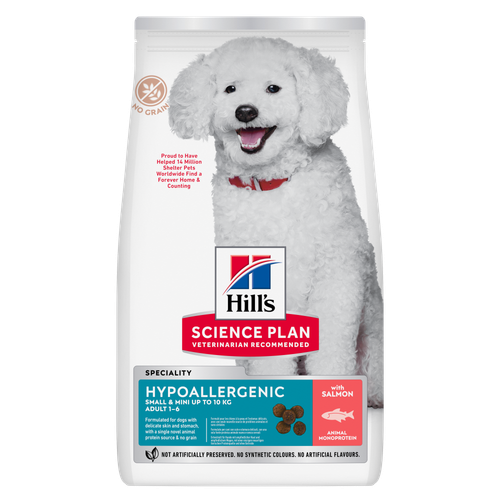 Hypoallergenic Small & Mini Adult Dog Food
Hypoallergenic Small & Mini Adult Dog FoodHILL'S SCIENCE PLAN Hypoallergenic Small&Mini Adult dog food with Salmon is complete pet food for adult small dogs 1–6 years old. It's formulated for dogs with delicate skin and stomach, with limited high quality novel protein sources & no grain.
Shop Now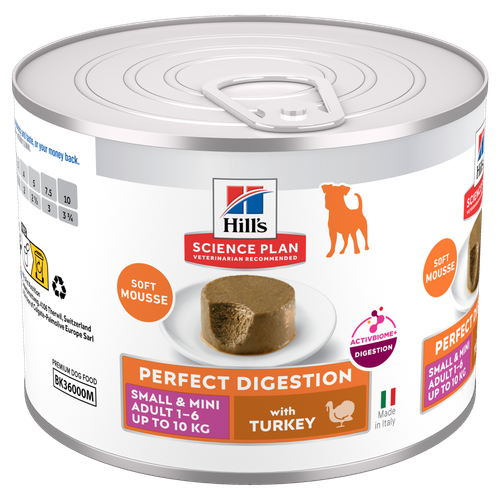 Perfect Digestion Small & Mini Adult Dog Food
Perfect Digestion Small & Mini Adult Dog FoodHill's Science Plan Perfect Digestion Small & Mini Adult Dog Food with Turkey is a complete premium pet food for small breed adult dogs aged 1–6 years. This deliciously smooth mousse is precisely balanced to deliver the appropriate amount of energy and to support digestive health in adult, small breed dogs.
Shop Now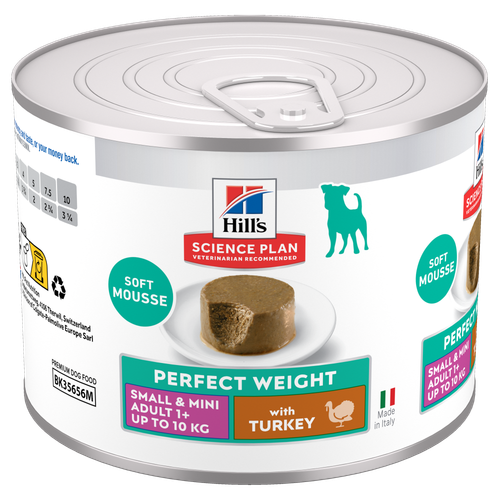 Perfect Weight Small & Mini Adult Dog Food
Perfect Weight Small & Mini Adult Dog FoodHill's Science Plan Adult Small & Mini Dog Food with Turkey is a complete premium pet food for adult small dogs from 1 year old that are prone to weight gain or slightly overweight. This deliciously smooth mousse is formulated to deliver the appropriate amount of energy to support weight maintenance in adult dogs.
Shop NowFeatured products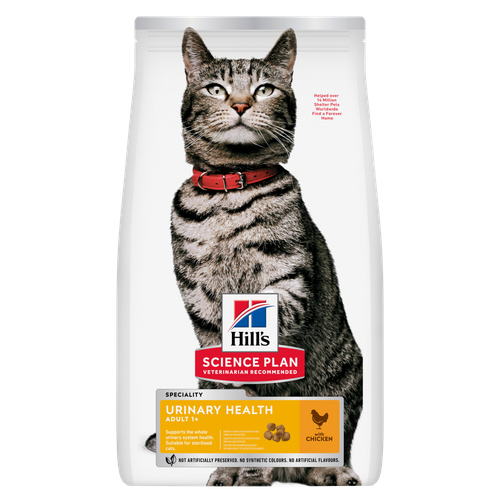 Urinary Health Adult Cat Food with Chicken
Urinary Health Adult Cat Food with ChickenHill's Science Plan Urinary Health Adult Cat Food with Chicken supports the health of the whole urinary system. Suitable for sterilised cats.
Shop Now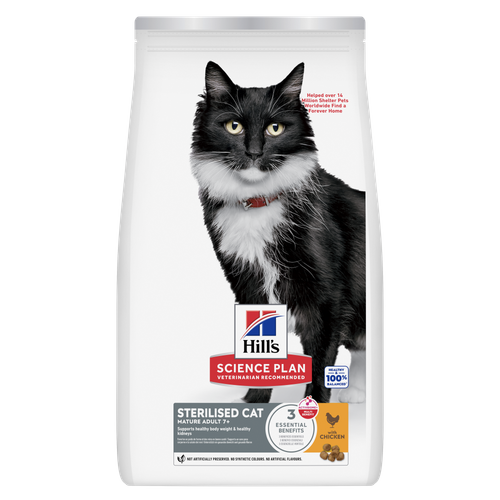 Sterilised Mature Adult Cat Food
Sterilised Mature Adult Cat FoodHill's Science Plan Sterilised Cat Mature Adult Cat Food with Chicken is specially formulated with ActivBiome+ Multi-Benefit Technology. It is a precisely balanced nutrition tailored to meet the needs of mature adult sterilised cats, ages 7+, and to promote graceful ageing.
Shop Now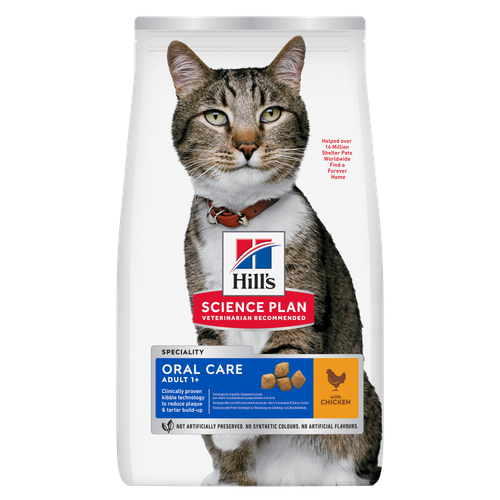 Oral Care Adult Cat Food
Oral Care Adult Cat FoodHill's Science Plan Oral Care Adult Cat Food with Chicken contains clinically proven kibble technology to reduce plaque & tartar build up.
Shop Now -
Dog
- Dog Tips & Articles
-
Health Category
- Weight
- Food & Environmental Sensitivities
- Urinary
- Digestive
- Joint
- Kidney
-
Life Stage
- Puppy Nutrition
- Adult Nutrition
- Senior Nutrition
Cat- Cat Tips & Articles
-
Health Category
- Weight
- Skin & Food Sensitivities
- Urinary
- Digestive
- Kidney
-
Life Stage
- Kitten Nutrition
- Adult Nutrition
Featured articles Virtual Vet Visits: What You Need to Know
Virtual Vet Visits: What You Need to KnowLearn the ins and outs of a televet appointment before you talk to a vet online.
Read More Develop your gut instinct | Hill's Pet
Develop your gut instinct | Hill's PetDigestive disorders can affect any part of the digestive system, from the stomach, small intestine and through to the large intestine.
Read More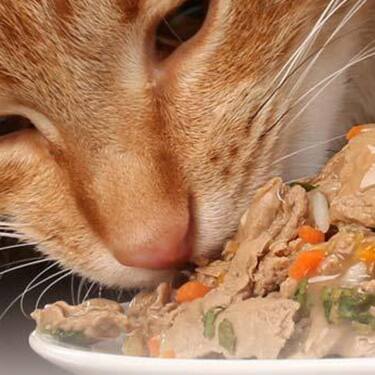 Tips For Mixing Wet And Dry Pet Food
Tips For Mixing Wet And Dry Pet FoodDiscover tips for mixing wet and dry pet food to ensure balanced nutrition and variety for your pet. For comprehensive feeding advice, visit Hill's Pet UK.
Read More -


Nature is a wonderful and fascinating thing. Like all mammals and humans, cats have billions of organisms like bacteria in the gut, collectively known as the gut microbiome, that play a part in a whole host of natural processes. Cats have what is known as a symbiotic relationship with these organisms, which means they live together and benefit each other in many ways.
There are lots of different microbiomes in your cat’s body, such as on the skin and in the mouth, but the gut microbiome is a bit of a star. In fact, lots of scientists are excited about the gut microbiome because research is discovering more of the amazing and important roles that it plays in health every day.
This is where prebiotics come in…
What are prebiotics and what do they do?
Prebiotics are types of fibre that nourish the organisms of the microbiome (even microorganisms have to eat, right?).
Fibre in foods can be largely divided into soluble (dissolves in water) and insoluble (does not dissolve). Prebiotics are soluble fibres found in ingredients such as beet pulp, flaxseed and pumpkin. They feed the “good bacteria” of the microbiome, so they’re absolutely essential for maintaining a healthy balance, just as nature intended.
The good bacteria break down food ingredients, such as fibre, that your cat’s body can’t. This breakdown produces short-chain fatty acids, among other nutrients, that nourish the gut cells and keep the gut healthy. This, in turn, helps to keep out harmful bacteria by strengthening the gut barrier. The good guys also help produce important vitamins and boost the immune system, keeping “unhealthy” bacteria in check.
You may have heard the term “probiotics” as well, and it’s important to know the difference between the two.


Tasty Tips
Prebiotics vs probiotics
Probiotics are the good bacteria themselves. A probiotic supplement is aimed at bolstering the good bacteria population by simply adding more of them. While this is certainly positive, promoting gut health and protecting against certain diseases, probiotics have certain downsides compared to prebiotics.
The stomach is a savage, acidic environment. Many of the bacteria in probiotic supplements don’t survive this, so they don’t make it to the part of the gut where they’re needed. Moreover, compared to the trillions of bacteria within the gut microbiome, even the millions of bacteria that survive the stomach environment are only a very small fraction of the total. The effects of probiotics are therefore often short-lived.
Prebiotics, however, are untouched by the stomach acid and will therefore always get to where they’re needed. And because they’re fibres, prebiotics can have other benefits, too.
The many benefits of prebiotics for your cat
Fibre helps to slow down the movement of food through the bowels, so it can help with cases of diarrhoea. On the other hand, it bulks up the stools, so it can also help in cases of constipation too. Clever, eh?
Fibre also helps your cat feel fuller for longer, so it can help keep them slim and fit, or help them tackle any weight issues they may have.
The gut microbiome is also really important for your cat’s immune system. Keeping this environment, and the good bacteria that live there, well-nourished helps to fight infection, keep the immune system strong, and reduce the incidence of auto-immune diseases.
It’s important to remember that all diets should be complete and balanced, so always check with your veterinarian before simply adding an ingredient or changing to a new food.
Reviewed by Dr. Hein Meyer, DVM, PhD, Dipl-ECVIM-CA


One of our staff authors prepared this article for you
Related products

Hill's Science Plan Sterilised Cat Mature Adult Cat Food with Chicken is specially formulated with ActivBiome+ Multi-Benefit Technology. It is a precisely balanced nutrition tailored to meet the needs of mature adult sterilised cats, ages 7+, and to promote graceful ageing.

Hill's Science Plan Urinary Health Adult Cat Food with Chicken supports the health of the whole urinary system. Suitable for sterilised cats.

Hill's Science Plan Oral Care Adult Cat Food with Chicken contains clinically proven kibble technology to reduce plaque & tartar build up.
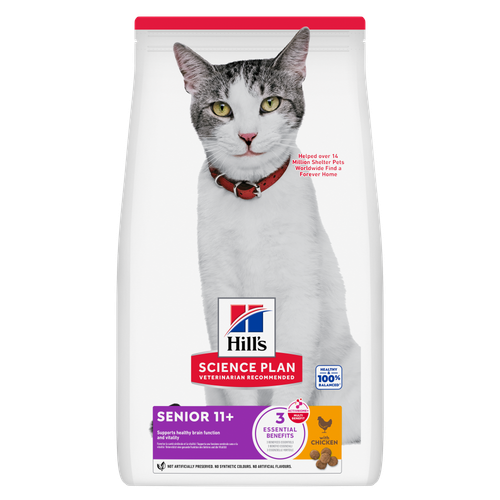
Hill's Science Plan Senior Cat Food with Chicken is a complete pet food, specially formulated with ActivBiome+ Multi-Benefit Technology.
This food supports healthy aging during the golden years. Contains a special ingredient blend to help keep older cats agile, more alert & interactive.
Related articles
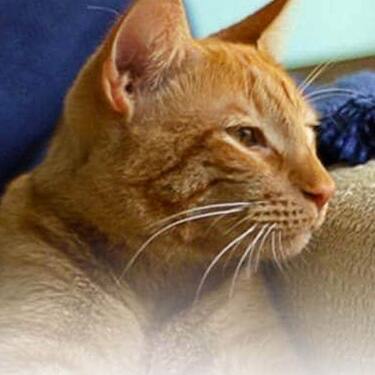
Find the right Hill
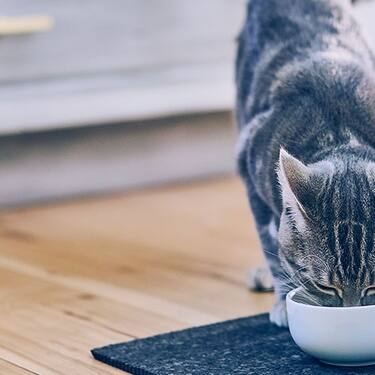
Good nutrition is about the right balance of nutrients. Learn more about health issues when feeding a cat food that has an improper nutritional balance from your friends at Hills Pet Nutrition.
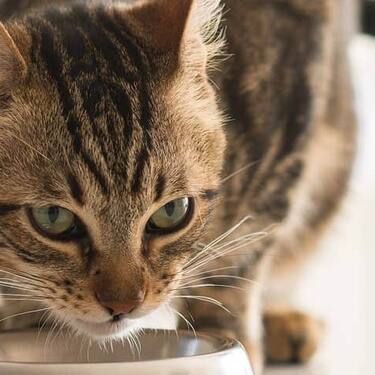
Discover what you can do to spot and support a sensitive cat stomach. See what routines and food you can implement to help your cat be happy and healthy.
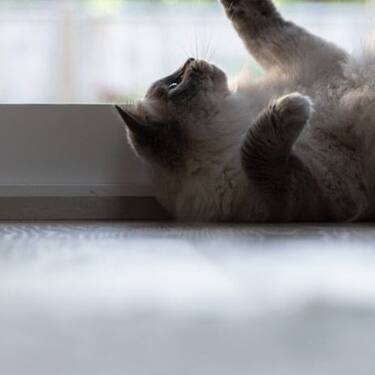
Feeding time can be a wonderful bonding opportunity for you and your cat. Find out how to make the most of it and create a healthy habit with HIll's Pet UK.
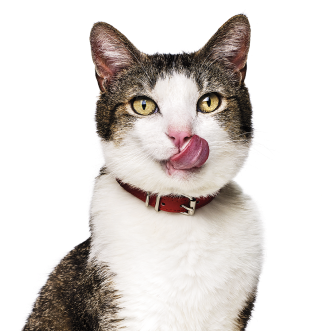
Put your cat on a diet without them knowing
Our low calorie formula helps you control your cat's weight. It's packed with high-quality protein for building lean muscles, and made with purposeful ingredients for a flavourful, nutritious meal. Clinically proven antioxidants, Vitamin C+E, help promote a healthy immune system.
Put your cat on a diet without them knowing
Our low calorie formula helps you control your cat's weight. It's packed with high-quality protein for building lean muscles, and made with purposeful ingredients for a flavourful, nutritious meal. Clinically proven antioxidants, Vitamin C+E, help promote a healthy immune system.

